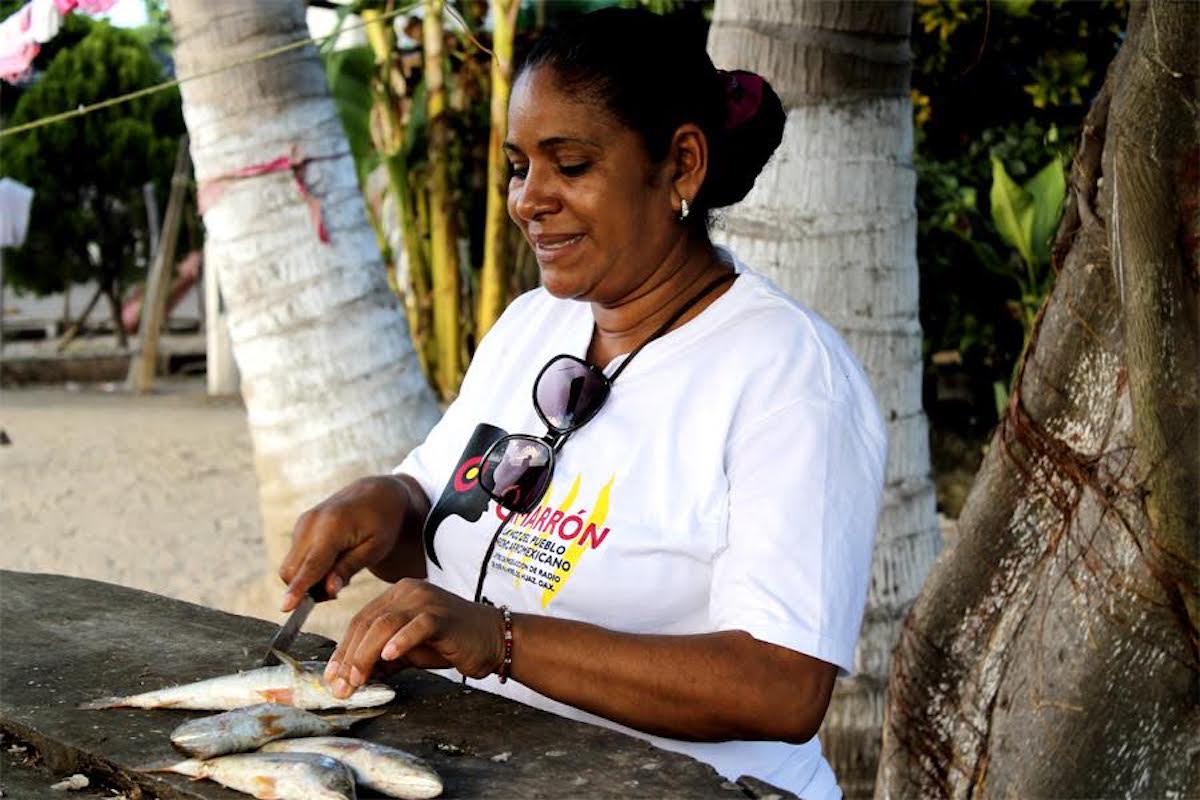THE PRESENCE OF CULTURAL DIVERSITY might be one of the main reasons millions of tourists flock to Mexico each year. Ancient architecture, food, spiritual rituals, colorful textiles, traditional medicine — these are only some of expressions we can learn about from the Mayas, Zapotecs, Tarahumaras, Nahuas and other indigenous communities who currently reside in Mexican territory and who are recognized by the Mexican state as groups with the right of free determination.
[mc4wp_form id=”6042″]
Mexican territory and who are recognized by the Mexican state as groups with the right of free determination. This ‘right of free determination’ includes the right to decide the internal forms of social, economic, political, and cultural organization, the right to preserve and enrich language and culture, and the right to elect representatives to the municipal council, among other things.
But there is one group of 1.4 million people that has remained invisible to the Mexican state for centuries. They are the descendants of African slaves who were shipped to Mexico between the 16th and 18th centuries.
Although the National Commission for Human Rights (CNDH) affirms that Afro-descendants have a right to cultural identity, social progress, and prosperity in the same way that indigenous communities do, according to the constitution, they are a population that has passed through, they are often deprived of their human, economic, social and cultural rights. As a consequence, Afromexicans suffer from poverty, socioeconomic inequality, and marginality.




You must be logged in to post a comment.